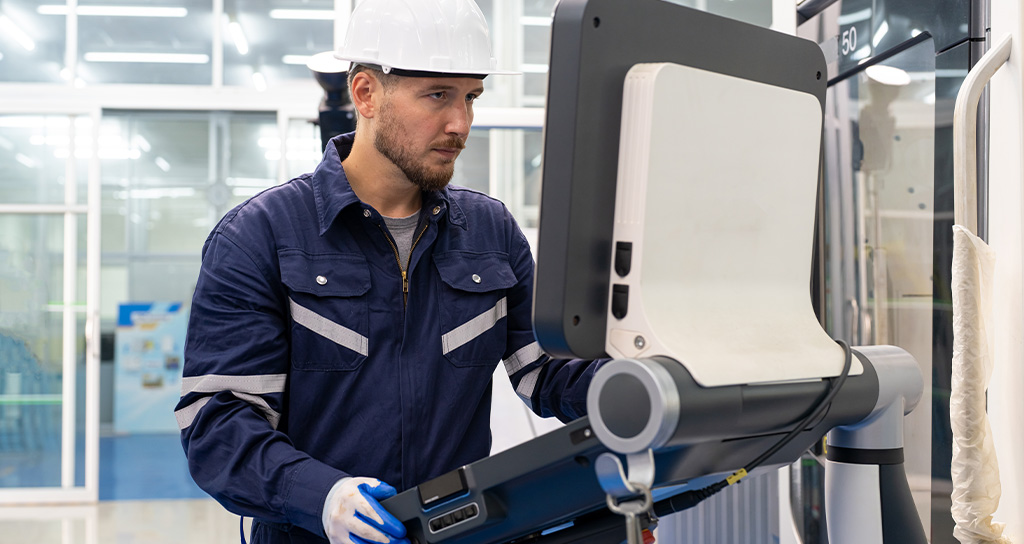Artificial light is vital to human activity but it harms biodiversity. To reduce its impact on wildlife, we must adopt new technologies that deliver night-time lighting when needed and that help optimise energy use.
@Xavier Boymond
A threat to wildlife
Biodiversity loss tends to be attributed more to global warming than to light pollution, an issue that, until recently, has been largely unknown to the general public. However, the large-scale use of artificial lighting represents a real threat to the ecosystem. This has been recognised over the past 15 years or so, with numerous studies being carried out into the effects of night-time lighting. The findings of these studies are worrying: artificial light disrupts the reproductive and migration cycles of wildlife, of which 30% is made up of vertebrates and 60% of nocturnal invertebrates, by disorientating insect flight and preventing predatory species from hunting.
The impact of artificial light is even greater on plant life as it speeds up the budding of flowers, which depend on photosynthesis for growth. The findings also show increased mortality in pollinators such as bees, whose worrying decline in numbers has been covered by the media. These effects may seem anecdotal but in reality they unbalance the entire ecosystem, of which humans are an integral part. Indeed, humans are also affected as overexposure to light disrupts the circadian rhythm, leading to poorer sleep quality, attention lapses and hormonal imbalance.
Towards smart lighting
In urban areas where this pollution occurs, several types of measures have been taken to reconcile light-dependent human activity with biodiversity. These include a new generation of devices which direct light beams onto roads and users more effectively and reduce the amount of light emitted upward towards the sky; LEDs, which improve energy efficiency and reduce energy waste; and finally colour temperature: light that is too white is more harmful, which is why the most recent equipment has warmer, yellower shades. Optimising night-time lighting means first and foremost adapting it to human activity. For instance, demand for artificial light is much greater in winter evenings than it is in summer evenings. A long-term solution would therefore be to provide lighting as needed. This is what we mean by smart lighting: an autonomous system that is capable of sensing when a pedestrian or car is approaching and of altering the light level from 10% to 100%. This smart lighting policy is starting to be incorporated into civil works projects, and while the cost is higher than that of standard lighting systems, the initial outlay is quickly recouped by the energy savings generated.
Promoting consultation between players from the public and private sectors
Unusually perhaps, regulated lighting systems are both more efficient and more environmentally friendly. Businesses have cottoned onto this, and an increasing number of them are building presence detection into lighting contracts.
But if these measures are to have an impact at community level, public-sector players will also need to get involved. That’s exactly what towns and cities are doing by setting up green and blue belt areas, where lighting is dimmed to preserve biodiversity. The town of Niort, designated French biodiversity capital in 2013, even plans to define a black belt area, without any artificial lighting, in its future lighting master plan.
This awareness of the impact of town planning on biodiversity owes much to interaction between players from the public sector (local authorities) and the private sector (lighting companies) in forums for consultation, such as the French lighting association (AFE) and Lyon’s “Cluster Lumière” (lighting cluster). The fact remains that the best way of reducing light pollution is through legislative action. Lighting recommendations have been incorporated into environmental laws, but a binding component is still required to make them truly effective.
Although we’re not talking about doing away with artificial light, a compromise must be found between maintaining human activity and cutting light pollution. New technologies today help reduce the impact of lighting on biodiversity while optimising energy use. In this respect, both public and private players must understand that the investment will pay off, with the benefit of preserving the ecosystem in which humans live.
17/09/2018



